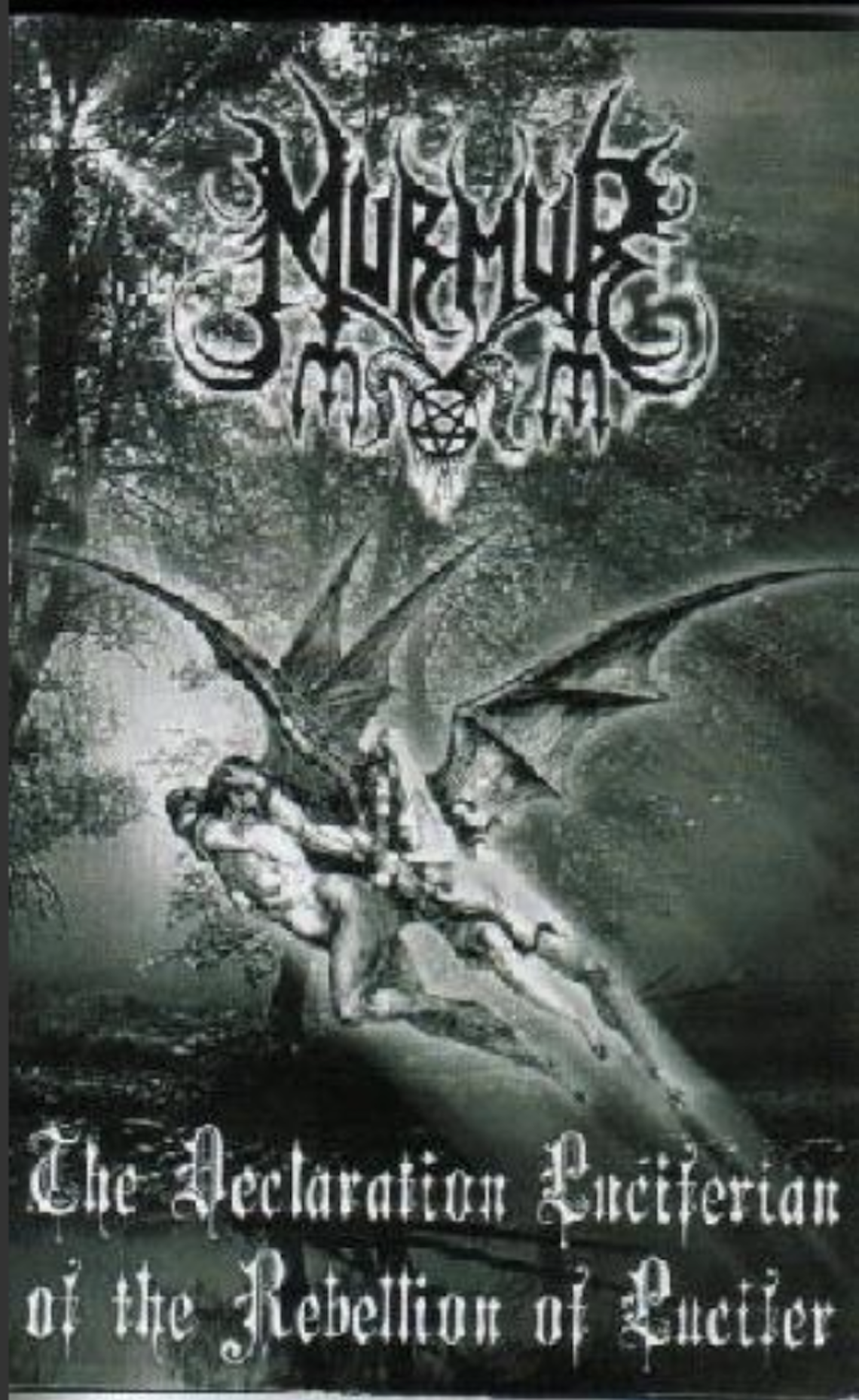Brazilian metal band, Solulitary released their demo titled Demo 1, using Gustave Doré’s The Lustful as the album art.
Find the demo here.
Find The Lustful by Gustave Doré here.
Contributed by Gianluca Giuseffi Grippa
Citings & Sightings of Dante's Works in Contemporary Culture
By Cory Balon
By Cory Balon
By Cory Balon
 The Declaration Luciferian of the Rebellion of Lucifer is an album released in 2002 by the metal band Murmur. The album art is Gustave Doré’s illustration of Canto 9 of the Inferno. The title of Doré’s illustration is The Erinnys.
The Declaration Luciferian of the Rebellion of Lucifer is an album released in 2002 by the metal band Murmur. The album art is Gustave Doré’s illustration of Canto 9 of the Inferno. The title of Doré’s illustration is The Erinnys.
Find The Declaration Luciferian of the Rebellion of Lucifer here.
Find The Erinnys by Gustave Doré here.
Contributed by Gianluca Giuseffi Grippa
“Based on the work of Dante Alighieri. The Titan Studio company in partnership with the theatre team Trupe Alcateia will give life to this incredible play that for centuries is investigating the curiosity of people all around the globe. The project consists of filming with chroma keys so CGI scenarios can be built and applied onto the background allowing more freedom with the creation and keeping the originality of the play. The performances will all be theatrical and with scripts adapted to the cinematic customs and updated language, besides having a slight ‘Shakespearian’ touch in order to maintain the romanticism of the work.” [. . .] —ARTSTATION
The movie poster above features the film’s interpretation of Ciacco in Inferno 6. To learn more visit the Facebook page here.
“Based in Campinas, Brazil, Paulo de Tarso Coutinho is a professional architect with a passion for Dante who created the following videos to visually represent the spatial issues in play in the Dantean conception of hell. Drawing on the early modern reception of the Commedia, including Antonio Manetti (1423-1497) and Galileo Galilei (1564-1642), Coutinho incisively reads Dante’s infernal journey in architectural terms and shows how the form of the spiral is a necessary solution for the way that the space of hell is narrated in the poem. In similar fashion, his video of Sandro Botticelli’s (1445-1510) illustration of hell puts an emphasis on the concrete, creating a cross-section of the globe to put this infernal model in real space and highlighting Botticelli’s idiosyncratic use of staircases to think through the mechanics of Dante’s descent. Coutinho’s work is an important way of showing the degree to which Dante’s poetry was infused by the real, martialing mathematical and scientific currents to narrate a space that would inspire the sort of reception by later artists and thinkers who sought to map it in precise geographical and spatiotemporal terms. As Coutinho shows, that process continues still.” –Akash Kumar, Digital Dante, 2018
Check out the Digital Dante site to view the videos.
All submissions will be considered for posting. Bibliographic references and scholarly essays are also welcome for consideration.
Coggeshall, Elizabeth, and Arielle Saiber, eds. Dante Today: Citings and Sightings of Dante’s Works in Contemporary Culture. Website. Access date.